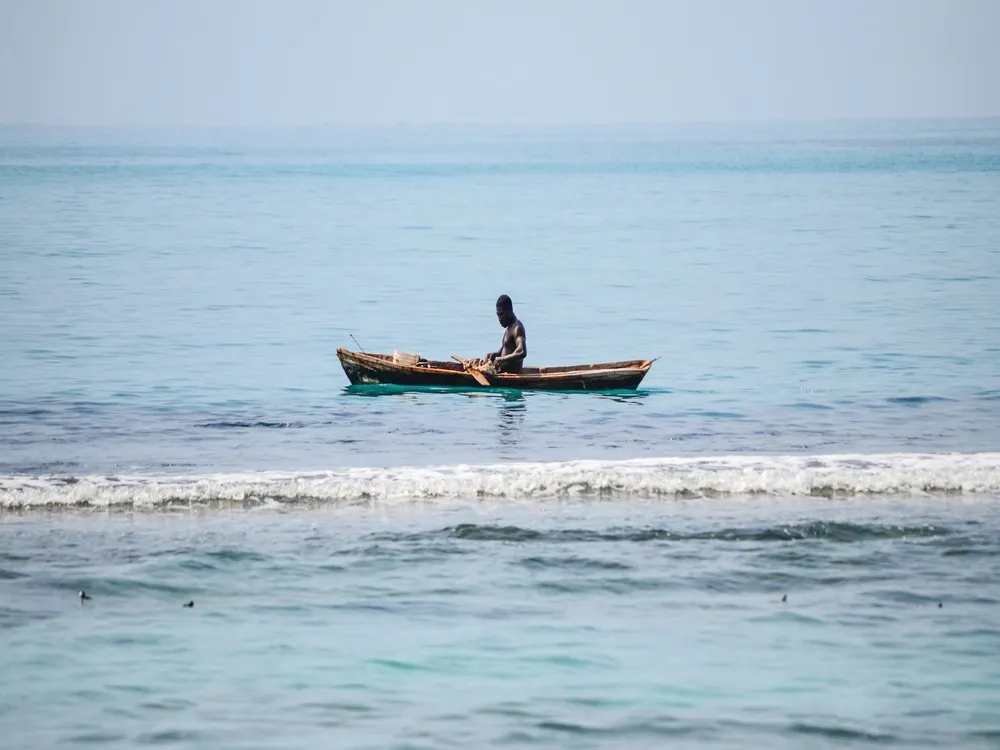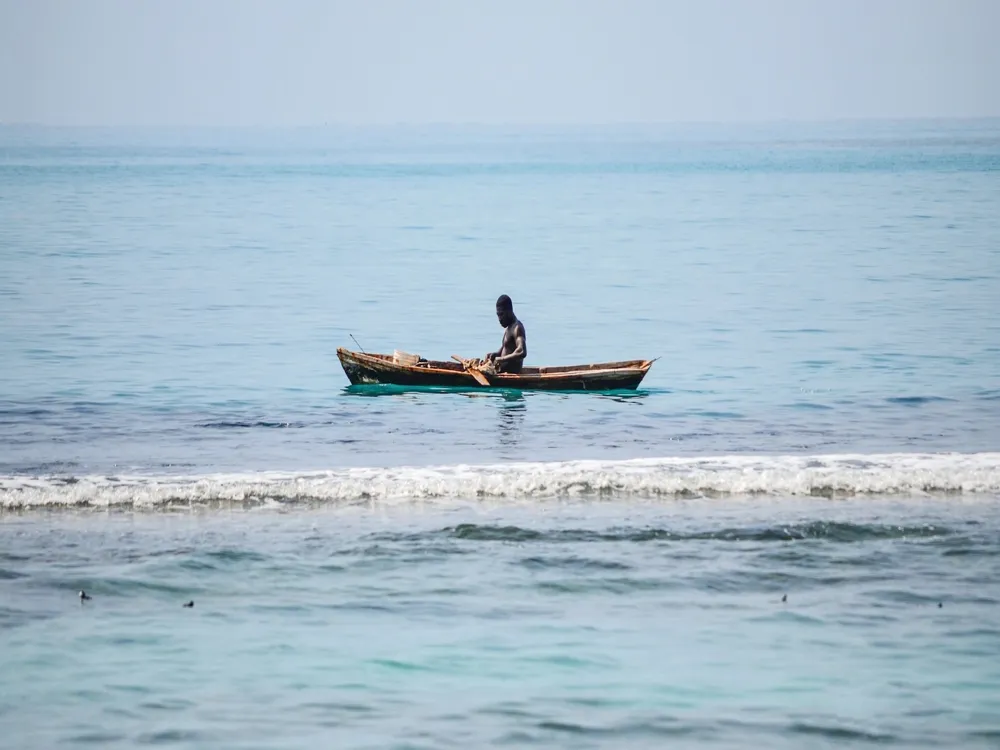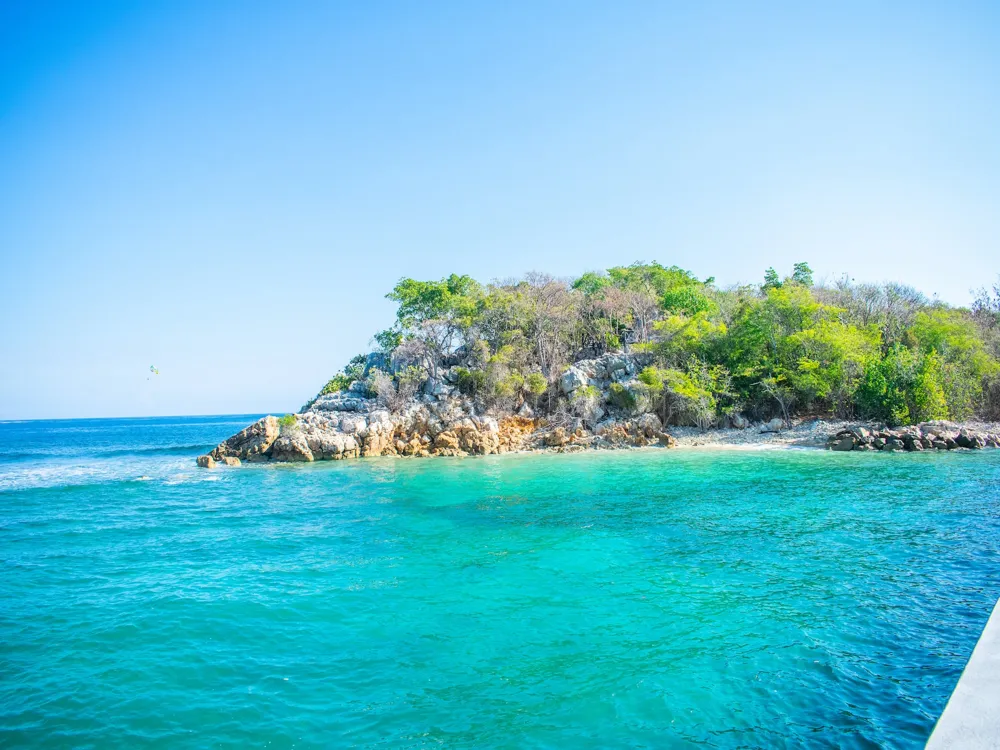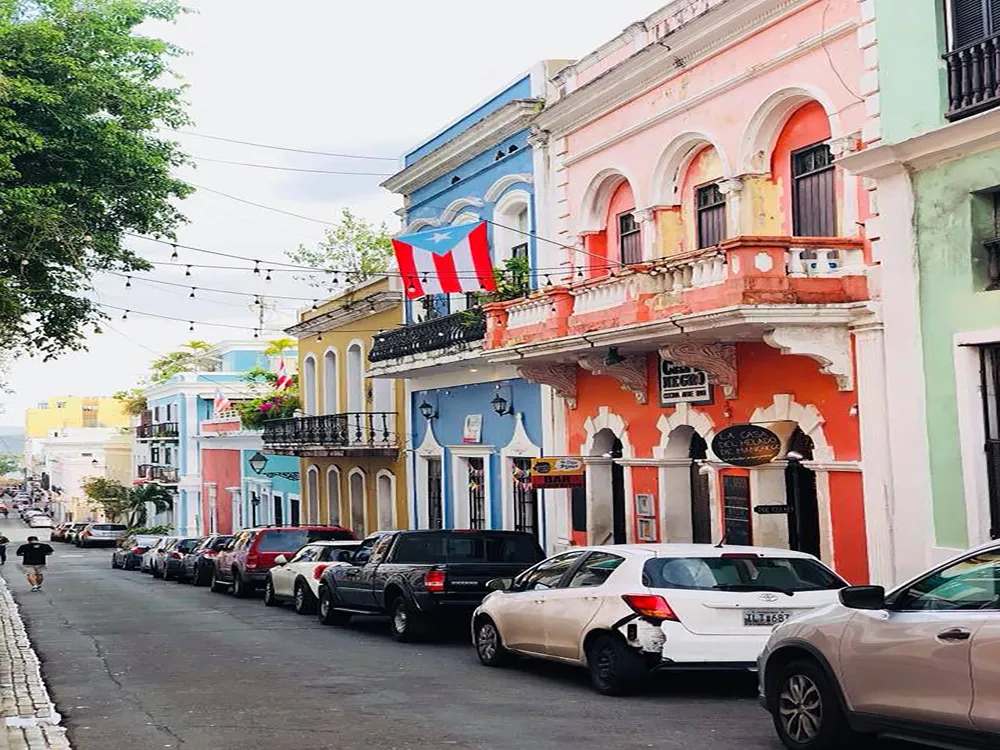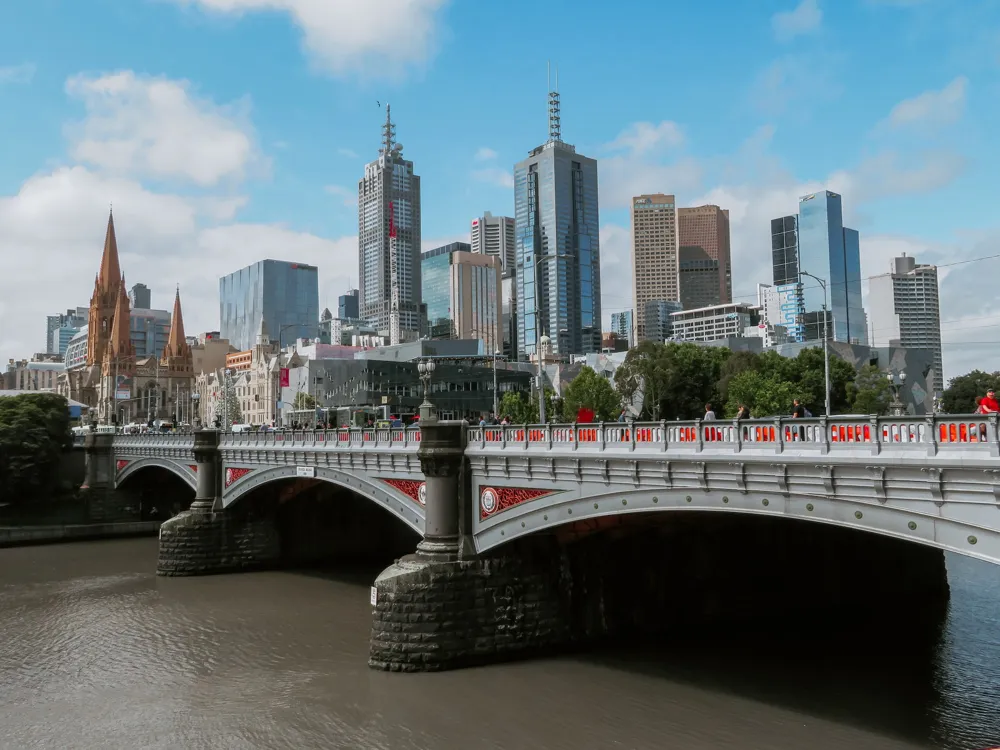Haiti, a vibrant country located in the Caribbean on the island of Hispaniola, shares its territory with the Dominican Republic. Known for its rich history, Haiti is a nation that has overcome numerous challenges and stands as a testament to the resilience and strength of its people. The country's history is deeply entwined with the legacy of the transatlantic slave trade and the subsequent fight for independence, making Haiti the first Black republic to gain independence in 1804. This monumental event has profoundly shaped the national identity and culture of Haiti. The Haitian culture is a unique blend of African, Taino, and European influences, which is evident in its music, art, and cuisine. The country's traditional music, known as Kompa, is a lively and rhythmic genre that has gained popularity worldwide. Haitian art, especially its vibrant and colorful paintings and sculptures, reflects the spirit and history of its people, often depicting scenes from everyday life, historical events, and folklore. Haiti's landscape is equally diverse, featuring stunning beaches, lush mountains, and historical landmarks. The country's natural beauty, combined with its rich cultural heritage, makes Haiti a fascinating destination for travelers. However, Haiti has also faced significant challenges, including political instability, economic hardships, and natural disasters like the devastating 2010 earthquake. Despite these hurdles, Haiti continues to show remarkable resilience and a strong sense of community and solidarity among its people. Haitian architecture is a rich tapestry of styles reflecting the country's complex history and cultural diversity. The architectural landscape of Haiti is characterized by a blend of indigenous, African, and European influences, a testament to the nation's multifaceted heritage. One of the most iconic architectural styles in Haiti is the Gingerbread style, dating back to the late 19th and early 20th centuries. These structures are renowned for their intricate wooden fretwork, high pitched roofs, and vibrant colors. The Gingerbread houses, predominantly found in Port-au-Prince, are not only aesthetically pleasing but also designed to be earthquake-resistant, a crucial feature in a country prone to seismic activities. Beyond the Gingerbread houses, Haiti's architectural landscape includes a range of styles from the colonial era, such as the French and Spanish colonial buildings that are prevalent in cities like Cap-Haïtien. These structures often feature courtyards, thick walls, and large windows, designed to keep the interiors cool in the tropical climate. In rural areas, the architecture is markedly different, with many homes built using local materials like wood, stone, and thatch. These rural structures, while simpler in design, are a reflection of Haiti's agrarian society and its connection to the natural environment. Despite the diversity in styles, Haitian architecture shares a common trait of resilience and adaptability, mirroring the enduring spirit of the Haitian people. When visiting Haiti, it's important to respect local customs and etiquette. Greetings are important in Haitian culture, and a polite 'Bonjour' or 'Bonswa' (good morning and good evening, respectively) can go a long way. Haitians are generally warm and welcoming, but it's important to be respectful and mindful of local traditions and social norms. Prioritize your health and safety while traveling in Haiti. It's advisable to drink bottled or purified water, eat well-cooked food, and be up-to-date with vaccinations. Be cautious and aware of your surroundings, especially in crowded areas, and consider traveling with a local guide or group for added security. Haiti is home to numerous cultural heritage sites. Don't miss the chance to visit the Citadelle Laferrière, a UNESCO World Heritage site, and the Sans-Souci Palace. Engage with local guides to gain deeper insights into these historical landmarks. Supporting the local economy is a great way to contribute positively to the community. Consider buying local products, eating at local restaurants, and using local services. This not only enhances your travel experience but also helps empower local businesses. Reaching Haiti is relatively easy with multiple options available for travelers. The main point of entry is the Toussaint Louverture International Airport in Port-au-Prince, which offers flights from various international destinations. Another important airport is the Cap-Haïtien International Airport, serving the northern part of the country. For those preferring sea travel, there are cruise lines that include Haiti as a port of call, typically docking at Labadee, a private resort area. Additionally, for travelers in the Caribbean region, there are options for ferries and private boats to Haiti from neighboring islands. Once in Haiti, transportation options include taxis, buses, and the unique 'tap-taps' – colorful, shared taxis that are an experience in themselves.Overview of Haiti
Architecture of Haiti
Tips When Visiting Haiti
Understanding Local Customs and Etiquette
Health and Safety Precautions
Exploring Cultural Heritage Sites
Supporting Local Economy
How To Reach Haiti
Labadee
Haiti
NaN onwards
View haiti Packages
Haiti Travel Packages
View All Packages For Haiti
Top Hotel Collections for Haiti

Private Pool

Luxury Hotels

5-Star Hotels

Pet Friendly
Top Hotels Near Haiti
Other Top Ranking Places In Haiti
View All Places To Visit In haiti
View haiti Packages
Haiti Travel Packages
View All Packages For Haiti
Top Hotel Collections for Haiti

Private Pool

Luxury Hotels

5-Star Hotels

Pet Friendly







